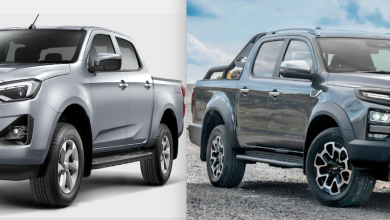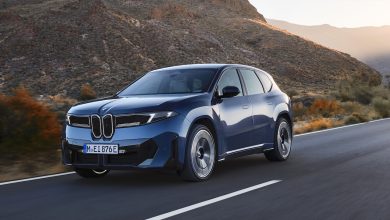The 4×4 pickup use and experience which you forgot about


மலேசிய நகரம் எல்லோரும் அடிக்கடி ஒரு மாதம் இருமுறை ஒருமுறையாவது அல்லது சிறந்த நகரம் வெளியே செல்வது எவ்வளவு பெரிய மறக்க. மாறாக, மால் நேரம் செலவழித்து கடைக்கு கடை இருந்து trawling மற்றும் உணவு விட்டு சில மத்திய சமையலறை மைல் தயார் மற்றும் ஆடம்பரமான கருவிகளும் கொண்டு, அது இயற்கை வருகை நல்லது உங்களுக்கு வழங்கப்படும் உண்ணும் …… அது தாமான் நெகாரா அல்லது சில 300 இருக்க வேண்டும் இல்லை விட்டு கிலோமீட்டர் டிரைவ். குறைந்தபட்சம் உங்கள் வீட்டில் 50-60 கிலோமீட்டர் தொலைவுக்குள் இருக்க … ..you அதை google வேண்டும் இயற்கை இடத்தில் மட்டுமே காணப்படும்.

பல நகரம் இருப்பிடம் மலேசியர்கள் ஒரு சிவப்பு பூமி தடம் அல்லது கூட ஒரு Offroad பாதை பார்க்க முடியாது என்று 4 × 4 ஈர்ப்பிகளில் முதலீடு செய்திருக்கின்றனர். இப்போது 4 × 4 அமைப்பு உங்களுக்காக இயங்குகிறது என்று பெற நேரம்.



அது ஒரு குறுகிய நாள் பயணம் திட்டமிட வரை உன் மூட்டையை குண்டர் புதிய பளபளப்பான லேண்ட் ரோவர் பாதுகாப்பு கூட 4 × 4 இடும் மற்றும் என பல வாரயிறுதி முகாம் பயணங்கள் ஆஃப் தலைமை முகாம் வெறும் காதல் நீங்கள் ஓட்டுநர் வேண்டும் என்று, ஆனால் இன்னும் தவிர்க்கவும் இல்லை நீங்கள் பொருத்த முடியும்.


மக்கள் அவர்கள் ஒரு மாதம் ஒரு முறை கூட இந்த செய்ய முடியாது ஏன் காரணங்கள் கண்டுபிடிக்க விரைவான உள்ளன. இந்த பின்வருமாறு: எங்கே முகாம் கியர் தேட ஆரம்பிக்க பொதுவாக வேலை, வாழ்க்கை எப்போதும் அதிகரித்து அழுத்தங்கள், குழந்தைகள், நிதி கட்டுப்பாடுகளை அல்ல கொண்டு வார கடமைகள் தெரிந்தும்.






